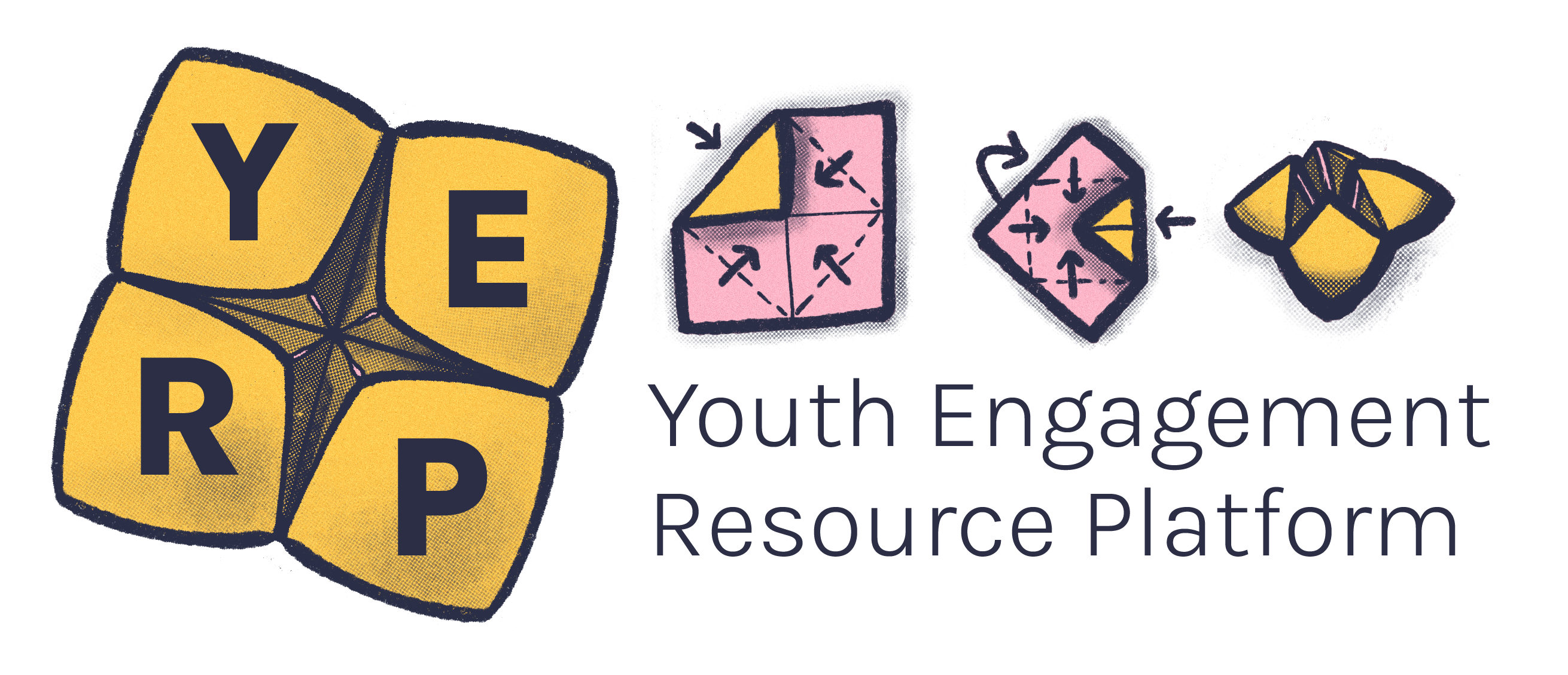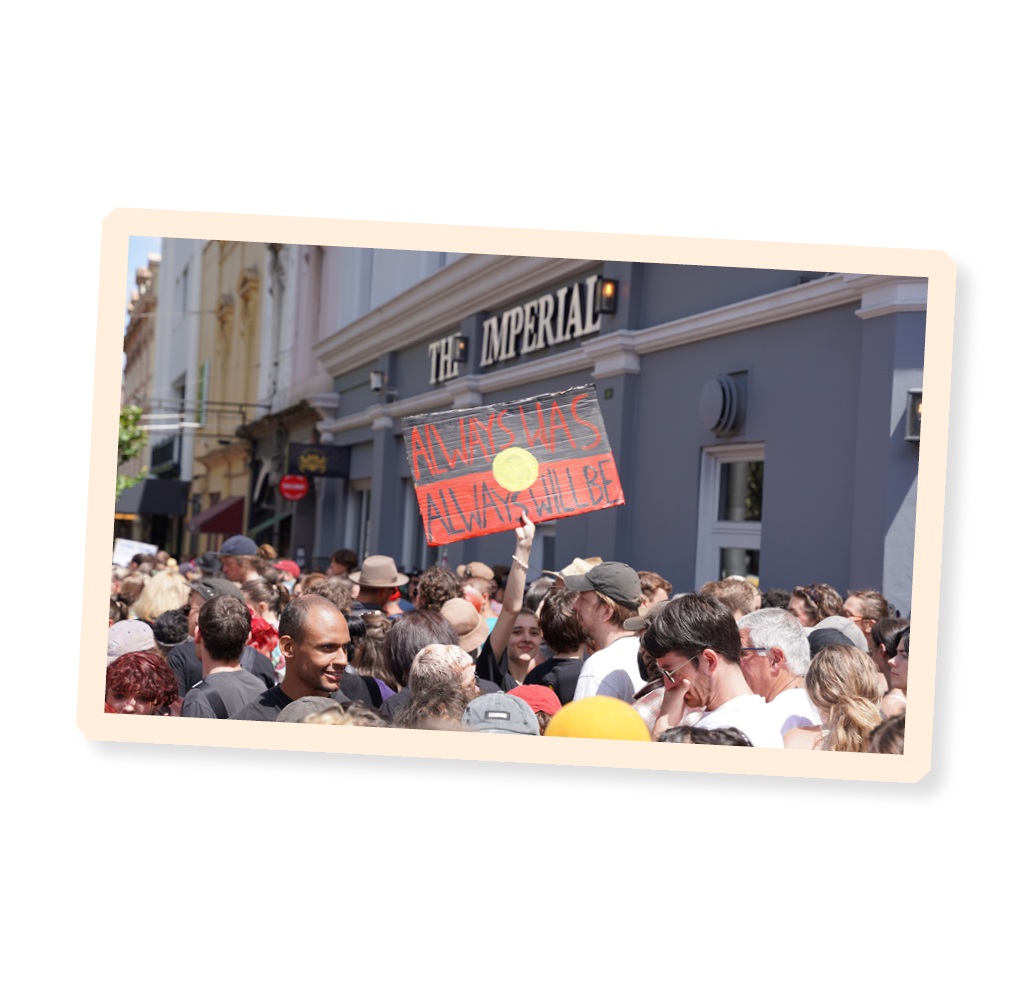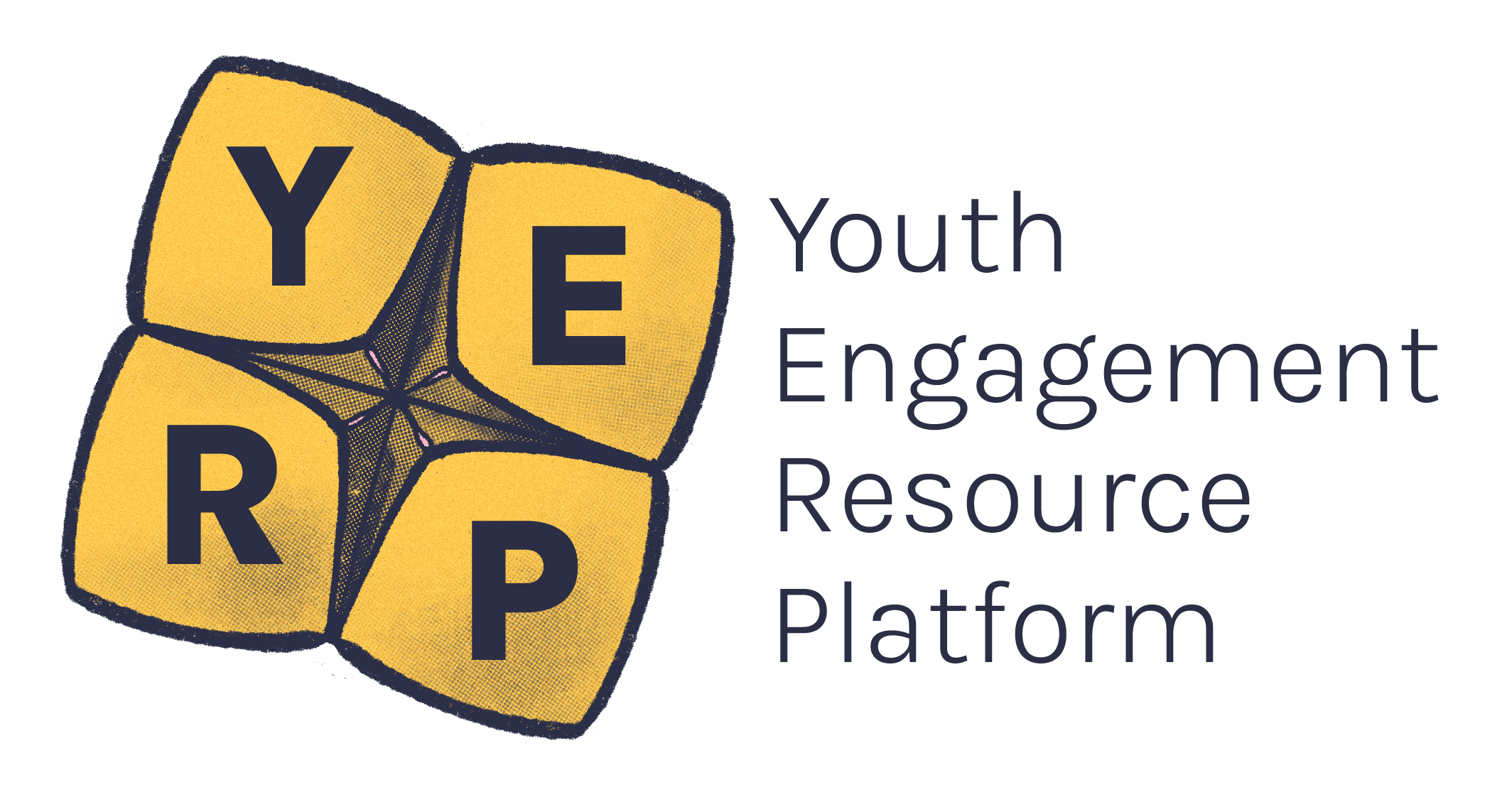As a young person, you may have intersecting identities and lived experiences that are similar or different to other young people. The richness in our diversity is so important and something to be celebrated.
However, it’s important to acknowledge the different challenges other people may face. This idea of allyship is how you can support your friends, people you go to school with, people you work with and the people you meet as you move through life.
Allyship isn’t something you achieve as a once off ‘tick box’. It’s an ongoing process, ‘forever learning’ which involves making mistakes and learning from them. It involves ‘sitting in the uncomfortable’, self-reflection, challenging your own unconscious biases and privileges, and how you may benefit from the systems around you.
This resource aims to unpack what it means to strive towards allyship, why it’s important, and how you can be sure to authentically practise allyship for people you come into contact with, but also those you may never meet!
This resource is intended as a starting point and we really encourage you to seek the expertise of different people, especially young leaders in these spaces.
At its core, allyship is about standing beside, uplifting, and supporting marginalised groups, communities and voices of you are not part of.
It’s a continual process of learning and taking real actions. Allyship is partly about educating yourself, but it also goes beyond this.
It’s about:
-
Identifying ways that injustices show up as you move through the day at work, at your school, or on the weekends when you hang out in certain spaces.
-
Seeing something this isn’t right and doing something about it (if it is safe to do so).
-
Not centring ourselves the good work we feel like we are doing, and it certainly isn’t something you do for recognition or praise. You need to know that you aren’t going to be congratulated on your allyship journey (or given a pat on –the back).
-
Taking an active role in self-educating and not placing the burden of education on marginalised communities and/or individuals.
Finally, try not to think of allyship in terms of ‘being an ally’. You can’t self-identify as an ally but can strive towards allyship. Remember, there isn’t an ultimate state of ‘being an ally'. It's an ongoing process, forever learning where you aim to constantly evolve and improve.
Having privilege means that you have an unearned advantage in society through some aspect of your identity, compared to others who don’t share the same trait. For example, if you are a white person, you have White privileges are the unearned privileges that white individuals experience on a daily basis (often unconsciously) because they are not subjected to racism.white privilege that a person of colour does not have. If are able-bodied, you have Able-bodied or abled privilege can be described as any unearned and invisible social advantages held by people who are able-bodied over people who are disabled.able-bodied privilege that a disabled person doesn’t have.
It can be uncomfortable to recognise and acknowledge that you have unearned advantages over others, especially when they are your friends and peers, but it is important to acknowledge these differences.
By acknowledging your privilege, you can strive towards better, more impactful allyship because you understand how the world works often to the disadvantage of marginalised groups, and you can start to challenge it.
Education is power and it's how you can start to understand the world and the experiences of others. Educate yourself by interacting with resources, books, podcasts, interviews and documentaries by researchers, leaders and activists from marginalised communities.
Be mindful that you don’t solely rely on people from marginalised communities to educate you about their experiences, privilege and allyship. Especially for free.
Marginalised communities and individuals often carry ‘cultural load’, which is the invisible workload that falls on people of different backgrounds and cultures to educate other people on issues affecting them.
Carrying this ‘cultural load’ can take many forms, including:
-
Being a ‘spokesperson’ for their entire culture
-
Assuming the young person knows everything about their culture
-
Asking them to act as role models and mentors
-
Signing them up as members to committees and being a contact for all matters relating to their culture
-
Expectation to educate other members of the community
-
Re-traumatising themselves when asked to speak on certain topics
Having to constantly carry the ‘cultural load’ leads to stress, anxiety and burnout. Consultation and transparency are important. Just make sure it doesn’t create an additional burden on people in these communities.
Tip: It’s okay to ask questions, but try to begin by saying, “if you don’t have space to answer this right now that is totally fine.”
Watch an episode from Project Rockit TV and hear Olivia's experience dealing with microaggressions and encourages you to interrogate your internal biases, especially related to disabled people.
They can be obvious like a verbal insult, or more subtle like a passing comment or gesture, but can be understood as everyday racism, homophobia, sexism, ableism, transphobia and so on.
Microaggressions can happen everywhere and we might not even realise it’s a microaggression. However, if it’s hurtful or harmful to other people, then it’s not acceptable.
Microaggressions can have negative impacts on someone’s mental health, especially as they are often experienced as part of a long pattern of interactions, rather than as isolated incidents
For the person experiencing the microaggressions, it can be challenging to speak up about it, as well as exhausting. That’s why it’s important for allies to challenge this behaviour by either ‘calling in’ or ‘calling out’ the person.
Below are some common examples of everyday microaggressions, adapted from the National Education Association’s examples of microaggressions.

Part of allyship is about challenging hurtful and harmful language and behaviour such as microaggressions when you witness it. You should only do this when it is safe to do so, and it can be done in one of two ways: ‘calling in’ or ‘calling out’.
Calling in
Calling in challenging behaviour involves inviting an individual or a small group of people to chat about why something that was said was harmful.
If it’s one-on-one, it gives the two of you a chance to speak in private so you can let them know that what they said was harmful and why. Alternatively, inviting a small group creates a learning opportunity for all members of the group and doesn’t single out the person who carried out the behaviour. Calling in works best when something harmful is said or done unintentionally.
For example, a new member of a group accidentally misgenders another group member. Instead of calling them out to criticise them, you can say ‘actually, Jen uses they/them pronouns’ and move on with the conversation. Later you can chat to them about it, let them know what pronouns are and why they are important.
Calling out
Calling out, on the other hand, puts the person who carried out the behaviour on the spot. Depending on the severity of the behaviour, calling out may be necessary to ensure the safety of the group.
For example, you’re part of a co-design workshop and someone in the group uses a racial slur. You might decide to speak up right away and say something like “words like that are not ok here. We have agreed as a group not to use language like that – our group agreements state that this is a safe space, and we all committed to using respectful and inclusive language.”
So far we’ve talked about certain situations where you might need to ‘call in’ or ‘call out’ certain behaviour. We want to emphasise that you should only do this if it’s safe to do so. Your safety is a priority, and you shouldn’t put yourself in unsafe situations for any reason.
If you don’t feel safe to challenge harmful behaviour, here are some other options:
-
Speak to a trusted leader/adult about what you witnessed and ask for guidance on what you should do.
-
If the incident happens at work, speak to your line manager, or Human Resources (HR).
-
If you experience harmful behaviour from a friend, distance yourself from them. If they ask why, you can let them know the reason, or you can just tell them you need some space. Having time away from this friend will help you think about what you want to do moving forward.
The term bystander often comes up when talking about ‘calling in’ and ‘calling out’ behaviour. A bystander is a person who is present at an event or incident but does not take part. For example, you might see a person being bullied but you aren’t sure what to do so you don’t offer help.
Additional resources about being a bystander and staying safe whilst taking part in allyship:
- Amnesty International. (n.d). Allyship Resources. https://www.amnesty.org.au/allyship-resources/
- Anti-Bullying Alliance. (n.d). Bystanders. https://anti-bullyingalliance.org.uk/tools-information/all-about-bullying/whole-school-and-setting-approach/peer-support-strategies-0
- Australian Human Rights Commission. (n.d). Being an ally. Racism. It stops with me. https://itstopswithme.humanrights.gov.au/take-action/being-an-ally
- Balakrishnan, S., & Mohapatra, M. (2022). Exploring Experiences at Work Beyond the Binary: Identity, Inclusion and Allyship. IUP Journal of Organizational Behavior, 21(2), 24–57.
- Kottler, E. J., Shanebeck, K. M., & Collinge, S. K. (2023). Allyship requires action. Frontiers in Ecology & the Environment, 21(4), 163. https://doi.org/10.1002/fee.2631
- Saad, L. (2020). Me and White Supremacy: Combat Racism, Change the World, and Become a Good Ancestor.
- Williams, K. S., Weigand, H., Okoroafor, S., Liuzzo, G., & Ganuelas Weigand, E. (2023). Kindness-informed allyship praxis. Equality, Diversity and Inclusion: An International Journal, 42(9), 1–15. https://doi.org/10.1108/EDI-06-2021-0145
- Youth Disability Advocacy Service. (2023). What are some barriers to disability pride? https://www.yacvic.org.au/ydas/resources-and-training/pride-guide-employers/barriers-pride/





